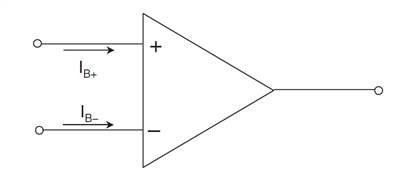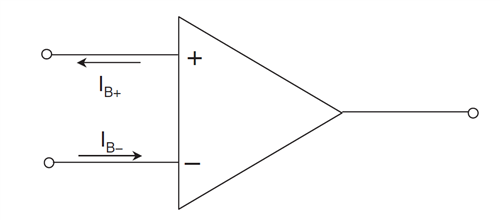Hello everyone,
I have some questions regarding the OP2205 op amp model to clarify my understanding of the op amp principle.
1. Does this model use Voltage FB or Current FB architecture? I'm having trouble understanding the input offset & bias current rating because a VFB amplifier would have a matched input bias current, hence Ios = Ib_plus - Ib_minus = 2*Ib. But the datasheet is showing the opposite with Ib=0.2nA & Ios=0.1nA so it is quite counter-intuitive for me.
2. I'm also learning more about the super beta inputs' advantages. As shown in the datasheet, is it because of this architecture that allows OPA2205 to have such low input bias current & input current noise compared to other op amp models? Is there any other advantages/disadvantages that this architecture brings?
Thank you very much. I am trying to learn so any suggestions, corrections would be very much appreciated.
Best regards,
Phong Phan
Edit: After looking more closely into the datasheet and other materials I figured out my understanding of the input bias & offset current are largely incorrect. I realize that input bias currents can be of the same or opposite direction depending on the op amp's input stages. So please ignore my #1 question.



